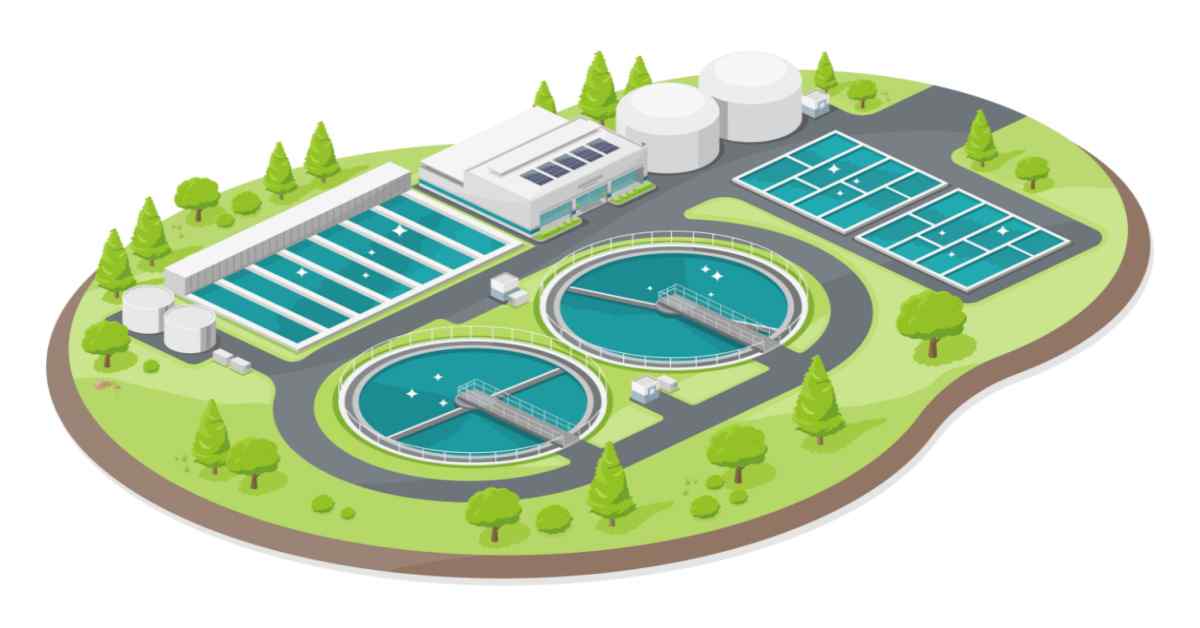Understanding Wastewater Treatment Processes and Their Ecological Effect
The complexities of wastewater treatment procedures play an essential function in mitigating environmental obstacles linked with water air pollution. Each phase, from preliminary to sophisticated therapies, is made to deal with certain pollutants, inevitably securing both public health and marine ecological communities.
Summary of Wastewater Treatment
Exactly how is wastewater changed right into a secure resource for the environment? Wastewater treatment is a critical process designed to get rid of impurities from made use of water, therefore guarding public wellness and shielding ecological communities. This procedure begins with the collection of wastewater from residential, commercial, and industrial sources, which is after that guided to treatment facilities.
At these centers, numerous physical, chemical, and organic methods are utilized to deal with the wastewater. Ultimately, organic therapies, such as triggered sludge procedures, use microorganisms to break down natural matter.
The dealt with effluent can be securely released into natural water bodies or recycled for watering and industrial functions, advertising resource conservation. Furthermore, the therapy process creates biosolids, which can be repurposed as plant foods or soil modifications, additionally boosting sustainability.
Stages of Therapy Procedures
The wastewater treatment process commonly consists of three key stages: preliminary, key, and additional therapy. Each stage serves a distinctive role in reducing the pollutant load and guaranteeing the effluent satisfies environmental criteria prior to discharge.

The main therapy phase concentrates on the physical separation of put on hold solids from the wastewater. Via sedimentation, heavier particles settle at the end of sedimentation containers, forming sludge, while lighter products, such as oils and oils, float to the surface area and are skimmed. This process dramatically decreases the organic and inorganic lots in the wastewater.
Second treatment is a biological procedure aimed at further minimizing the concentration of natural issue. This phase is crucial for attaining the needed biochemical oxygen need (FIGURE) decrease, inevitably leading to cleaner effluent prepared for discharge or more therapy.

Advanced Treatment Technologies
Following the additional therapy processes, progressed treatment technologies play an essential duty in further enhancing the quality of treated wastewater. These innovations are made to eliminate residual pollutants that are not properly gotten rid of during primary and secondary therapies, guaranteeing the effluent satisfies strict regulatory criteria.
Amongst the widely utilized sophisticated treatment methods are membrane filtration, reverse osmosis, and progressed oxidation processes. Membrane purification, including microfiltration and ultrafiltration, is efficient in separating great fragments, microorganisms, and colloids from the water (Wastewater). Reverse osmosis uses semi-permeable membranes to get rid of dissolved solids, causing top notch water ideal for different applications
Advanced oxidation processes (AOPs) use solid oxidants to break down organic contaminants, including pharmaceuticals and personal treatment items that are resistant to conventional treatment. These approaches boost the biodegradability of complicated compounds, promoting their elimination.
One more considerable innovation is the use of organic nutrient elimination processes, which especially target nitrogen and phosphorus, protecting against eutrophication in obtaining water bodies. Overall, innovative therapy technologies are vital for accomplishing higher degrees of purification, advertising water reuse, and protecting public health while resolving the challenges related to wastewater monitoring.
Environmental Benefits of Therapy
Various environmental benefits emerge from effective wastewater treatment procedures that contribute to ecosystem wellness and sustainability. Mainly, these procedures considerably reduce the release of unsafe contaminants right into all-natural water bodies, which assists preserve water communities. By removing impurities such as hefty steels, nutrients, and virus, dealt with wastewater alleviates the click for more danger of waterborne illness and promotes biodiversity in marine settings.
In addition, wastewater therapy facilities frequently use sophisticated technologies that enable water recycling and reuse. This method not just saves fresh water resources yet also minimizes the demand on natural water products. Enhanced nutrient removal from wastewater can also stop eutrophication, a process that results in algal blooms and subsequent oxygen depletion in aquatic systems.
Additionally, effective therapy processes can lessen greenhouse gas discharges, especially methane and laughing gas, which are usually released throughout unattended wastewater disintegration. By catching and making use of biogas from anaerobic digesters, centers can transform waste into eco-friendly power, therefore adding to a reduction in fossil fuel reliance.
Difficulties and Future Fads
While the ecological benefits of wastewater treatment are clear, numerous obstacles linger that prevent optimum outcomes in this field. One significant issue is aging infrastructure, which commonly leads to inadequacies and enhanced functional prices - Wastewater. Several treatment plants were developed decades ago, and their capabilities do not straighten with modern needs, that include more stringent regulatory requirements and greater quantities of wastewater as a result of urbanization
Looking ahead, there is an expanding emphasis on source healing and circular economic situation principles within wastewater therapy. Technologies such as anaerobic digestion, which can generate biogas, and progressed filtering innovations are obtaining traction. These techniques not just boost treatment effectiveness but likewise advertise sustainability.
Inevitably, click here to find out more attending to these challenges requires partnership amongst stakeholders, investment in modern technology, and a commitment to continuous research study. By accepting these fads, the wastewater treatment field can evolve to meet the needs of an altering atmosphere and culture.
Verdict
To conclude, wastewater treatment procedures play an essential duty in improving environmental high quality site web and public health. The multi-stage therapy structure, coupled with advanced innovations, effectively alleviates contamination and advertises lasting water administration. By dealing with residual contaminants and minimizing nutrient overflow, these processes add to the conservation of aquatic environments and the decrease of greenhouse gas discharges. Proceeded advancements and adjustments in therapy methods will be crucial for getting over emerging challenges and making sure the sustainability of all-natural sources (Wastewater).